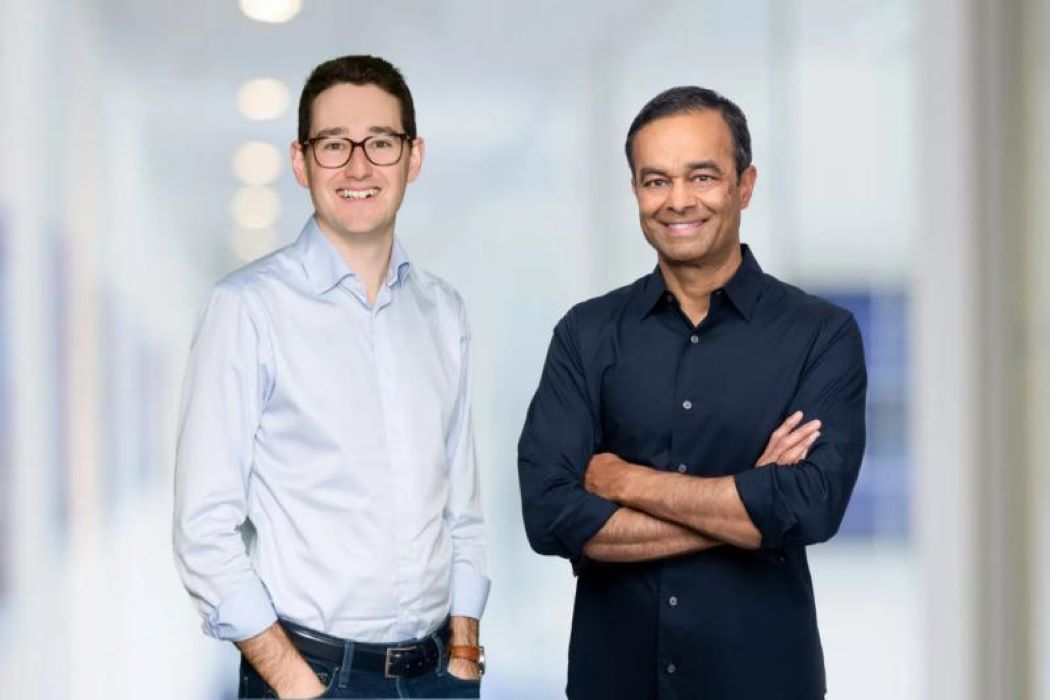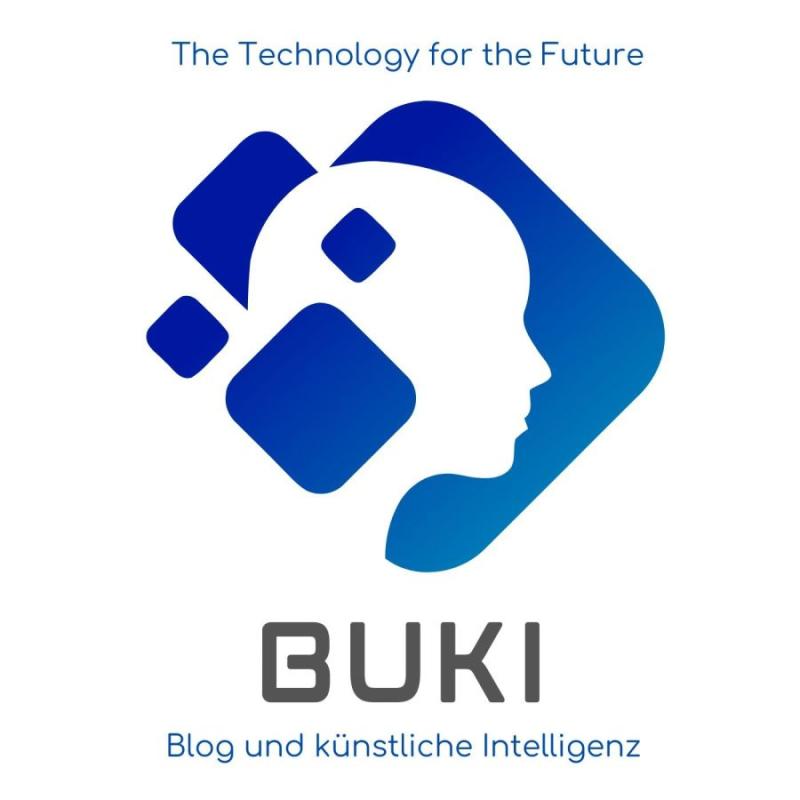CHICAGO, Ill. — By Lee Han-soo/Korea Biomedical correspondent — Lunit’s latest study, presented at the ASCO 2024 Annual Meeting, marks a significant advance in HER2 ultralow breast cancer patient selection through AI-powered analysis.
The detection of HER2-low expression in breast cancer gained significant attention after AstraZeneca and Daiichi Sankyo’s HER2-directed antibody drug conjugate (ADC) Enhertu (trastuzumab deruxtecan) in 2022.
This antibody-drug conjugate has shown remarkable efficacy in treating patients with HER2-low breast cancer, a category that includes many who were previously considered ineligible for HER2-targeted therapies.
Notably, during this year’s ASCO meeting, AstraZeneca and Daiichi Sankyo presented the DESTINY-Breast06 clinical trial, which showed that Enhertu significantly improved progression-free survival (PFS) compared to standard chemotherapy in patients with even HER2-ultralow expression.
These findings have underscored the necessity of accurately detecting even minimal levels of HER2 expression to identify patients who can benefit from this therapy.
Lunit Medical Director Ahn Chang-ho gives a briefing about the company’s research in using AI to identify HER2 ultralow cells in front of the poster board at the American Society of Clinical Oncology (ASCO) 2024 Annual Meeting at the McCormick Place Convention Center in Chicago, Ill., from Friday to Tuesday.
Lunit’s study, titled “Identification of HER2 Ultra-Low Based on an Artificial Intelligence (AI)-Powered HER2 Subcellular Quantification from HER2 Immunohistochemistry Images,” introduces an innovative AI method that enhances the precision of HER2-targeted therapies by distinguishing between true HER2-negative and HER2 ultra-low expressions in cancer cells.
Speaking in front of the company’s poster at the ASCO 2024 Annual Meeting on Sunday, Lunit’s Medical Director Ahn Chang-ho elaborated on the motivation behind the research, emphasizing the critical role of accurate HER2 expression analysis in guiding breast cancer treatment strategies.
“Traditionally, pathologists classified HER2 expression into four categories,” Ahn said. “However, the advent of new drugs like Enhertu, effective even in patients with low HER2 expression, has necessitated a more nuanced classification system.”
According to Ahn, the company’s AI model aims to address the limitations of traditional methods.
“We developed the model using 6,188 whole-slide images (WSIs) stained with 19 types of immunohistochemistry (IHC) and annotated by 153 pathologists,” he said. “This diverse data enabled us to create a robust AI analyzer that predicts HER2 expression on a continuous scale, from 0 percent to 100 percent, for individual cells.”
This method allows users to identify subtle differences in HER2 expression that might be missed by human pathologists, Ahn added.
Afterward, the AI model was tested on 401 HER2 IHC WSIs from Samsung Medical Center, Kyung Hee University Hospital, and a commercial biobank, evaluating over 67 million tumor cells and 119 million non-tumor cells.
Ahn explained that the result revealed significant differences in HER2 expression between tumor and non-tumor cells, even in samples classified as HER2 score 0 by pathologists.
“Our results indicated that even in HER2 score 0 cases, tumor cells showed HER2 expression beyond non-specific staining,” he said. “This led us to establish a membrane-specific HER2 expression score (HER2ecs) threshold of 6 percent, which effectively distinguishes between true HER2-negative cells and those with incomplete or faint HER2 expression.”
Using this AI-driven threshold, the study identified 23.6 percent of HER2 score 0 WSIs as HER2 ultra-low, suggesting a significant subset of patients who might benefit from HER2-targeted therapies, he added.
Ahn stressed that this percentage closely aligns with response rates observed in Enhertu clinical trials, reinforcing the clinical relevance of the AI model’s findings.
Challenges and future steps
When asked about the company’s next move, Ahn stressed that while its model shows promise, it is still in the research phase.
“Further validation is needed, particularly in demonstrating that patients identified by our AI model respond better to HER2-targeted therapies,” he said. “Regulatory approval will also be essential for clinical integration.”
The potential of this AI-powered approach extends beyond research, with implications for improving diagnostic accuracy and treatment efficacy. Ahn expressed optimism about future applications of their model.
“We hope our AI model will eventually serve as an independent diagnostic tool, aiding pathologists in making more accurate assessments and ensuring patients receive the most effective treatments.”
The study’s significance was further highlighted by its inclusion of a researcher from the the Digital Medicine Society (DiMe), which is an organization that is co-hosting the CancerX program.
Co-hosted by the Digital Medicine Society (DiMe) and the Moffitt Cancer Center, CancerX is a groundbreaking initiative under the Biden Administration’s Cancer Moonshot. It aims to revolutionize cancer care by accelerating advancements in prevention, diagnosis, and treatment.
“The involvement of DiMe underscores the impact of our research, recognizing that our work is at the forefront of digital medicine and AI in oncology,” Ahn said.
![[ASCO2024] Lunit’s AI software aims to enhance accuracy in detecting HER2 ultralow levels](https://virtual-coach.com/wp-content/uploads/2024/06/24202_25072_217_v150.jpg)



